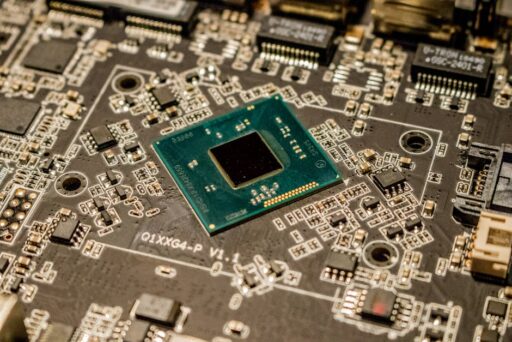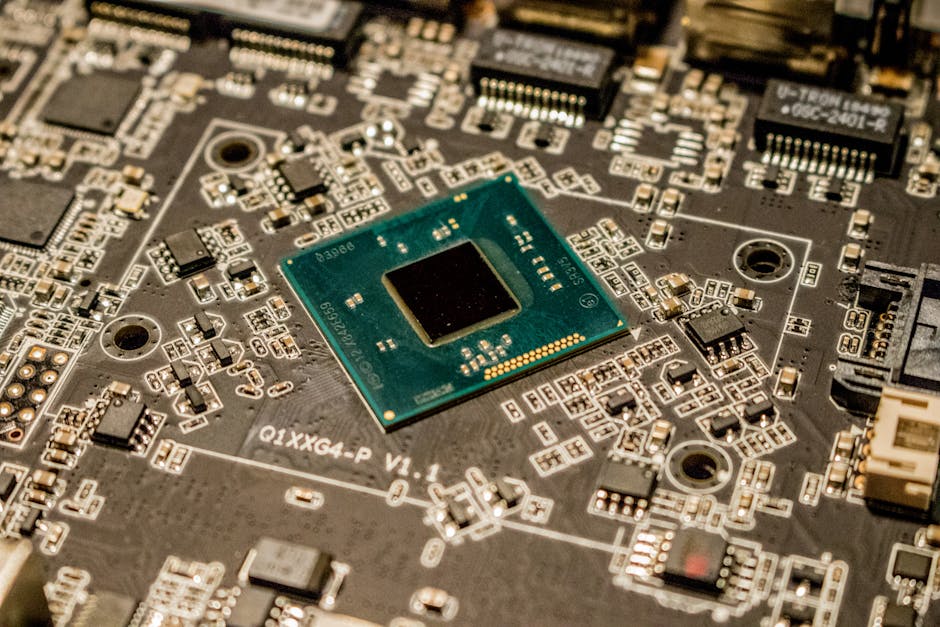Intel’s Strategic Alignment with U.S. Manufacturing Goals
The semiconductor industry has long been a critical part of the global technology landscape, with companies like Intel at the forefront. Recently, Intel has made strategic decisions under the influence of U.S. governmental policies which aim to bolster domestic chip manufacturing. This article explores the implications of these moves for both Intel and the broader semiconductor industry.
Background
In a bid to strengthen U.S. manufacturing capabilities, the government has enacted measures to encourage companies to retain and expand their domestic operations. Intel’s foundry business, which produces custom chips for external clients, has been a focal point of these efforts. Despite facing financial challenges, Intel has opted to retain this business unit, aligning with national interests.
Key Developments
Intel’s decision comes amidst strategic partnerships and agreements with the U.S. government. These agreements include stipulations that incentivize the company to keep its foundry business intact, rather than spinning it off or selling it. Such commitments underscore the administration’s intention to reduce reliance on offshore manufacturing, particularly in the face of global supply chain vulnerabilities.
Implications for the Industry
The retention of Intel’s foundry unit is a significant demonstration of the balancing act between government influence and corporate strategy. While it aims to secure U.S. interests in semiconductor production, it also places pressure on Intel to turn around a unit that has been underperforming. This move may set a precedent for other companies in the industry, potentially leading to a reshaping of the semiconductor landscape.
Conclusion
As Intel navigates these waters, the coming years will reveal the effectiveness of these strategies in enhancing both the company’s market position and the U.S.’s standing in global chip manufacturing. The outcome will be closely watched by industry analysts and policymakers alike.






